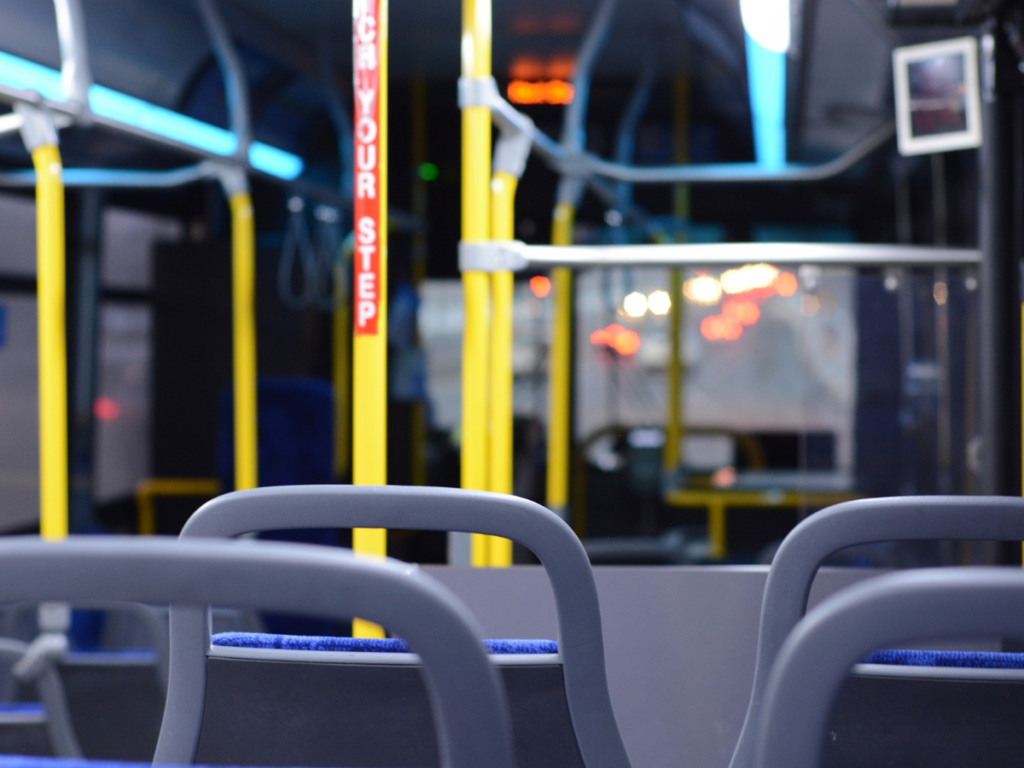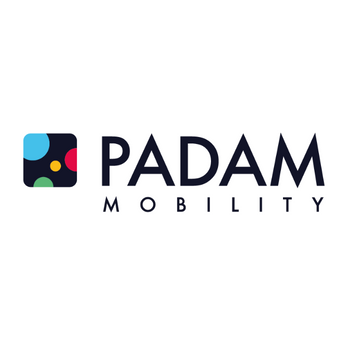With Changing Travel Patterns, Is It Time to Flex the Business Model?
Against the noise of ‘never-ending crises’ it’s sometimes hard to see patterns emerging.

But one of the interesting clarities that has emerged post-lockdowns (if not entirely post-Covid) is the change in trip distribution. Public transport has become less ‘peaky’ – traditional commuter services at peak fares are still not reaching pre-Covid levels whilst leisure and off-peak services are, in many areas, exceeding them.
Which has some interesting implications for bus and rail. Business models over the years have been built on high volume, full price, peak ticket sales. Highly-utilised peak time services have generated the kinds of incomes which have ensured that vehicles carrying fewer people paying off-peak fares (and often with concessionary passes) can complete the time table over the course of the day. As income from peak fares and services declines, what happens to this business model?
Similar numbers of people travelling, but a higher proportion paying a lower fare, inevitably means lower overall income.

How does the industry flex the business model so that it works across the time table? Is this in fact an opportunity to invest in ensuring a time table that serves people with better off-peak frequencies to further appeal to people travelling at all times of day?
Whilst it’s hard to answer these questions, at least as a DRT platform we have an insight into what business models might look like beyond those based on cross-subsidising off-peak with peak services. The small vehicles used in DRT do not have the capacity to support a peak / off peak model. Even full, they don’t have the capacity to generate the fares that balance out less use in the off peak. Instead, the task is to find an optimal level throughout the day as different groups complete trips for different reasons. One operator calculated that an average occupancy of 8 people would suffice.
Successful services focus on providing a mix of commuter services (for instance serving commuter rail stations) during the early morning, refocusing on schools and colleges and then on shopping, social care trips and or non-emergency transport during the day. One key difference that DRT has from fixed route services is that DRT has the ability to respond to individual passenger need – so even services configured as ‘corner to corner’ for most trips can offer door-to-door for people with particular mobility requirements. The algorithm will ensure tailored services for some people don’t mean reduced quality (i.e longer trips) for others – ensuring that DRT can meet multiple needs throughout the day.
The question is, with off-peak demand on the rise, is it time to look at DRT as an option?
This article was originally published by Padam Mobility.



